Overview of Amaryllis
Amaryllis bulbs are often used as holiday gifts, their large, brightly colored flowers brightening up a long, cold winter. The plant we commonly call “amaryllis” is a South American native in the genus Hippeastrum, while the true amaryllis or belladonna lilies (Amaryllis spp.) are from South Africa. Both genera are in the amaryllis family (Amaryllidaceae). The genus Hippeastrum is native primarily in tropical and subtropical regions in two main areas of Eastern Brazil and the central southern Andes (Peru, Bolivia and Argentina), but some species occur as far north as Mexico and the West Indies. There are about 90 species in this genus, but most modern commercial hybrids are derived from 6 species.
Breeding began in England in 1799, with the new hybrids being cultivated in the U.S. by the mid-nineteenth century. Bulbs with large flowers and sturdy flower stems available in today have been developed by breeders mainly in the Netherlands, South Africa, the US, Japan, and Israel. They are typically hardy in zones 8 to 10.
Hippeastrum bulbs send up an erect, hollow flower stalk, often before the leaves are produced. Large bulbs may produce more than one flower stalk, either concurrently or sequentially. Each 18 to 24 inch tall scape produces two to six large flowers in an umbelliform inflorescence. Two free bracts enclose the terminal flower buds until they bloom.
The trumpet-shaped white, red, pink, salmon, apricot, rose, or bicolor flowers are 6 to 10 inches long. Each flower has 6 tepals (3 colored petals and 3 sepals that are colored instead of being green). The tepals of the species often curve downwards and then upwards at the tip but breeders have changed this characteristic so that the tepals often open wide and flat. There are six stamens bundled together and a filiform style with a trifid stigma.
Fertilized flowers are followed by fruits that are a trivalve capsule filled with dry, flattened brown or black seeds.
Two to seven long, strap-like, leathery leaves grow up to 2 feet in length from each bulb. The medium green leaves are smooth and glossy. In natural settings, the leaves would die back to the ground in the fall and the plant would remain dormant until spring. Commercial amaryllis bulbs do not require a resting period and will bloom if kept evergreen. However, blooming time can be controlled by allowing the bulb to go through 8 to 10 weeks of dormancy to initiate flower buds.
General Care of Amaryllis
Amaryllis can sometimes be purchased in bloom or ready to bloom around the holidays, but generally the plants are sold as dormant bulbs, many times in a kit with a pot and potting medium. Select the largest bulbs available as the larger the bulb, the more flowers it will produce. Be sure the tunicate bulbs are firm and dry with no signs of mold, decay or injury.
Plant the bulbs in a container about 1 inch larger than the diameter of the bulb (they like to be slightly pot-bound) in a well-drained potting mix high in organic matter.
Place the bulb so that the top half remains above the surface, and the potting medium is about an inch below the rim of the pot to accommodate watering. Firm the potting medium around the bulb and water thoroughly. Hippeastrum bulbs will continue to grow in diameter each year, so they will need repotting every few years. The best time to repot the bulbs is after they have gone through a dormant period.
Place the potted bulb in a sunny spot at room temperature (65 to 70 ºF) and keep the soil barely moist. Do not allow the soil to remain wet as the bulb could rot and keeping the bulb at higher temperatures can promote weak flower stalks and smaller flowers. The bulb should produce a flower stalk in a few weeks, generally blooming 6 to 8 weeks after planting. To prolong the bloom period, keep the plant out of direct sunlight and in cool temperatures (60 to 65 ºF). As each flower fades, remove the petals and the swollen part below (to prevent seed formation), taking care not to damage the main flower stem. When the entire flower stalk starts to turn yellow or brown, can it off a few inches above the neck of the bulb.
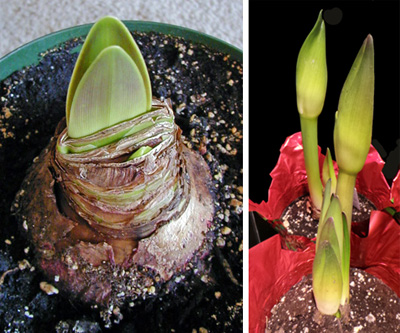
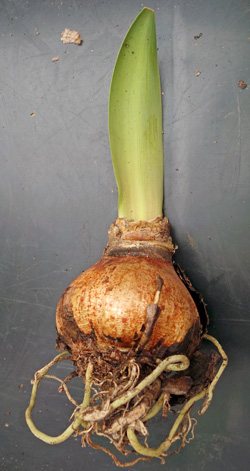
In order to get amaryllis to rebloom, they must be kept actively growing after blooming is complete. Once the leaves start growing, provide bright light, water regularly and fertilize monthly with a complete fertilizer (5-10-10 or 10-10-10) applied at the rate directed for houseplants (more than that, or a stronger fertilizer, can cause salts to build up and burn the roots).
Once the danger of frost is past, the plant can be moved outside for the summer, first placing it in shade or indirect light. Gradually move it to an area where it will receive full sun for at least 6 hours daily. Keep it as a container plant on a patio or deck or sink the whole pot in the ground. Because the roots are brittle, planting directly in the ground and digging up later is not recommended.
In mid- to late-summer the leaves may die back as the bulb begins to enter dormancy. Bring the containers indoors before any danger of frost and store them in a cool, dark place like a basement or closet (45 to 55 ºF is ideal) and do not water. Wait until the leaves become dry and shriveled to remove them. When growth begins again, typically in late October or November, bring the plants into the light. If no new growth appears, they can be forced to bloom by bringing into the light and resuming watering. It typically takes 4 to 6 weeks for the bulbs to bloom after coming out of dormancy.
Commercial amaryllis bulbs have few problems but one of the most common is red blotch. This disease, caused by the fungus Stagonospora curtissi, affects the appearance of amaryllis plants. Red spots or blotches develop into elongated cankers with red borders on the base of the flower stalks and emerging leaves. Leaves may become distorted and the flower stalks may break easily, but the disease rarely kills a plant. Inspect bulbs carefully to be sure there are no red marks on the inner layers of the bulbs (there can be some superficial markings that look similar on the outer layers) and use a sterile potting medium. If the disease occurs, the bulbs can be treated with a systemic fungicide. Mealybugs can also infest the plants.
Propagating Amaryllis
Hippeastrum is most readily propagated by gardeners from offset bulbils but commercial growers use seeds (to develop new cultivars or for species), basal cuttings of the bulbs, and tissue cultured plantlets. Either allow the offsets to continue growing with the mother bulb for a larger display in a single container or carefully remove the offsets and plant each in individual pots after the dormant period.
Amaryllis Cultivars
There are hundreds of cultivars available that have been selected for flower color, number and size, sturdiness of flower stalk, and plant size. Most produce flowers in the red and white range but there are some in yellow or pale green colors. Some are more than one color, with mottling, spotting, striped or picotee (edges of a different color) petals, while others have more pronounced color on the upper tepals than the lower ones. In addition to the typical large flower types, there are some miniatures (dwarf or small flowers), trumpets with more flared, tube-shaped flowers, and doubles. Some species are also available from specialty retailers.
This is just a sampling of some of the more readily available cultivars:
- ‘Apple Blossom’ – a single white with red lines and a pink blush
- ‘Christmas Gift’ and ‘White Christmas’ – both are pure white
- ‘Minerva’ – white tepals with broad cherry red edges
- ‘Monte Carlo’ – has mostly red flowers with white stripes down each tepal
- ‘Picotee’ – has white tepals with a fine red border; there is also a double form
- ‘Red Lion’ – has dark red flowers
– Susan Mahr, University of Wisconsin – Madison
Last Update: Bruce Spangenberg, UW-Madison Extension 2025



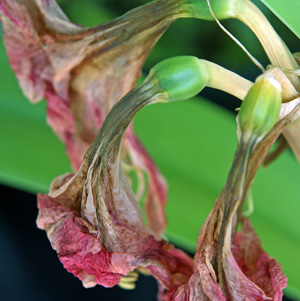


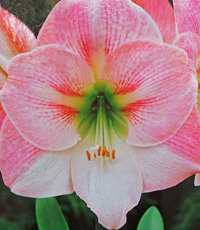
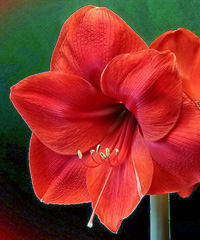

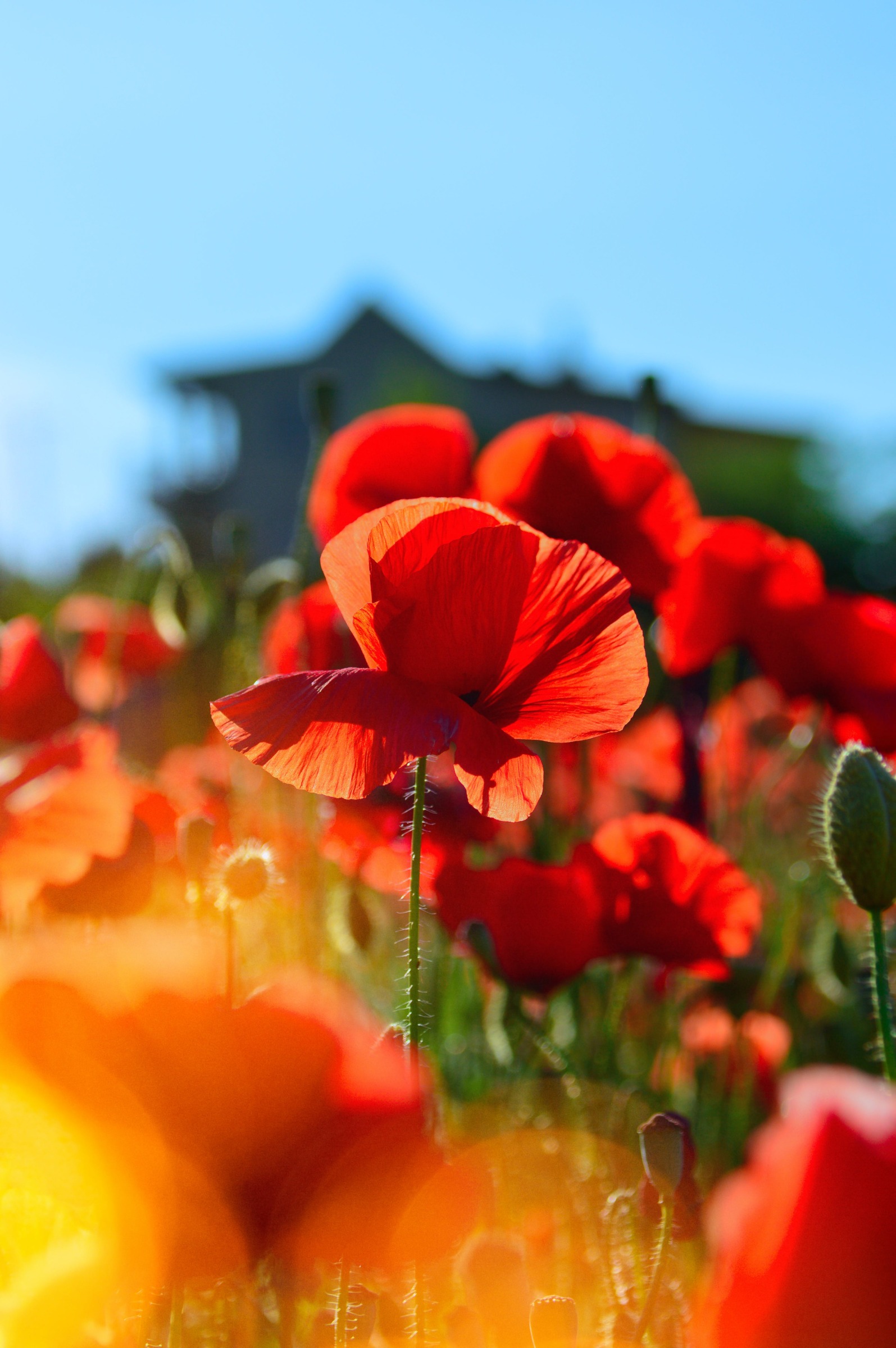
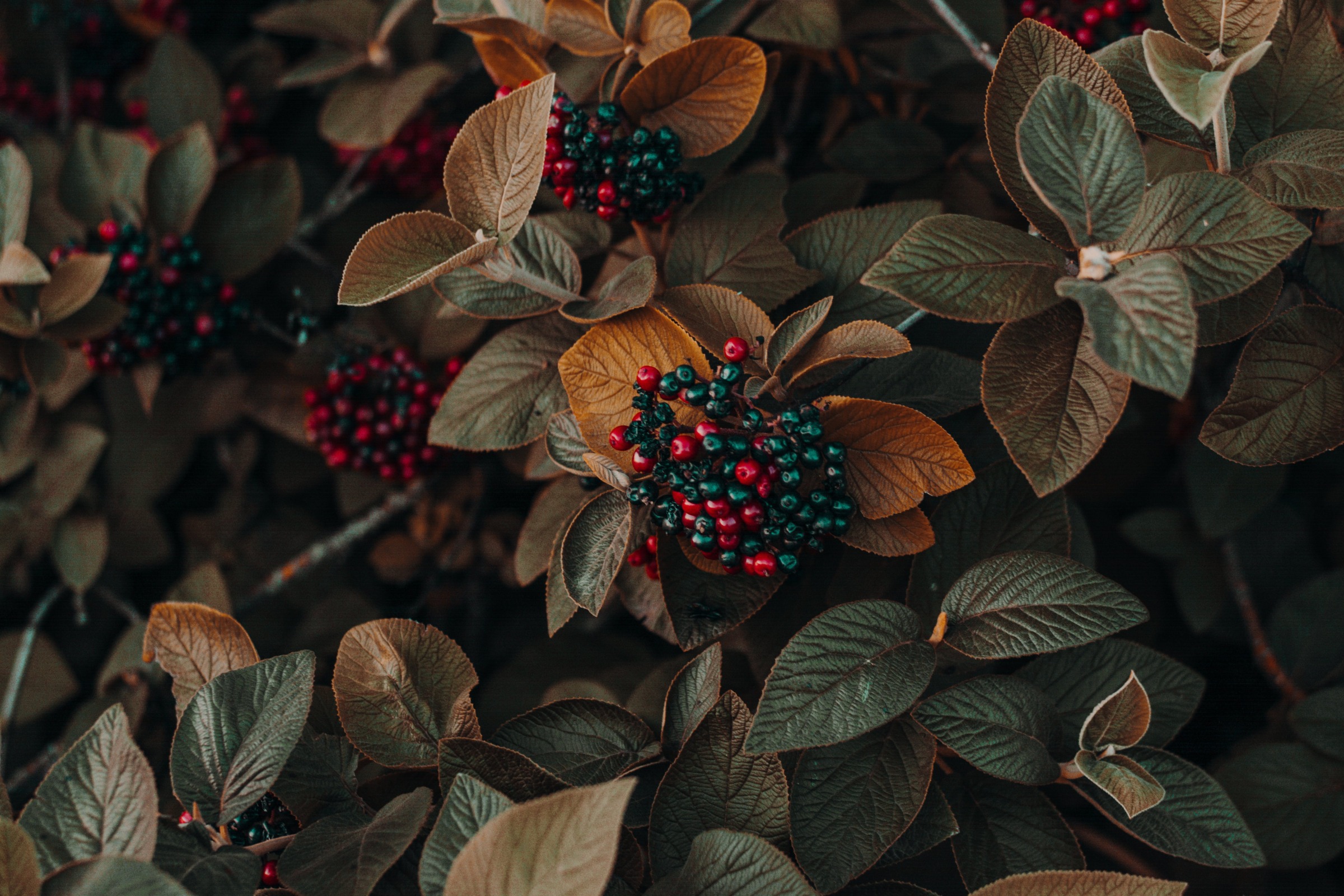
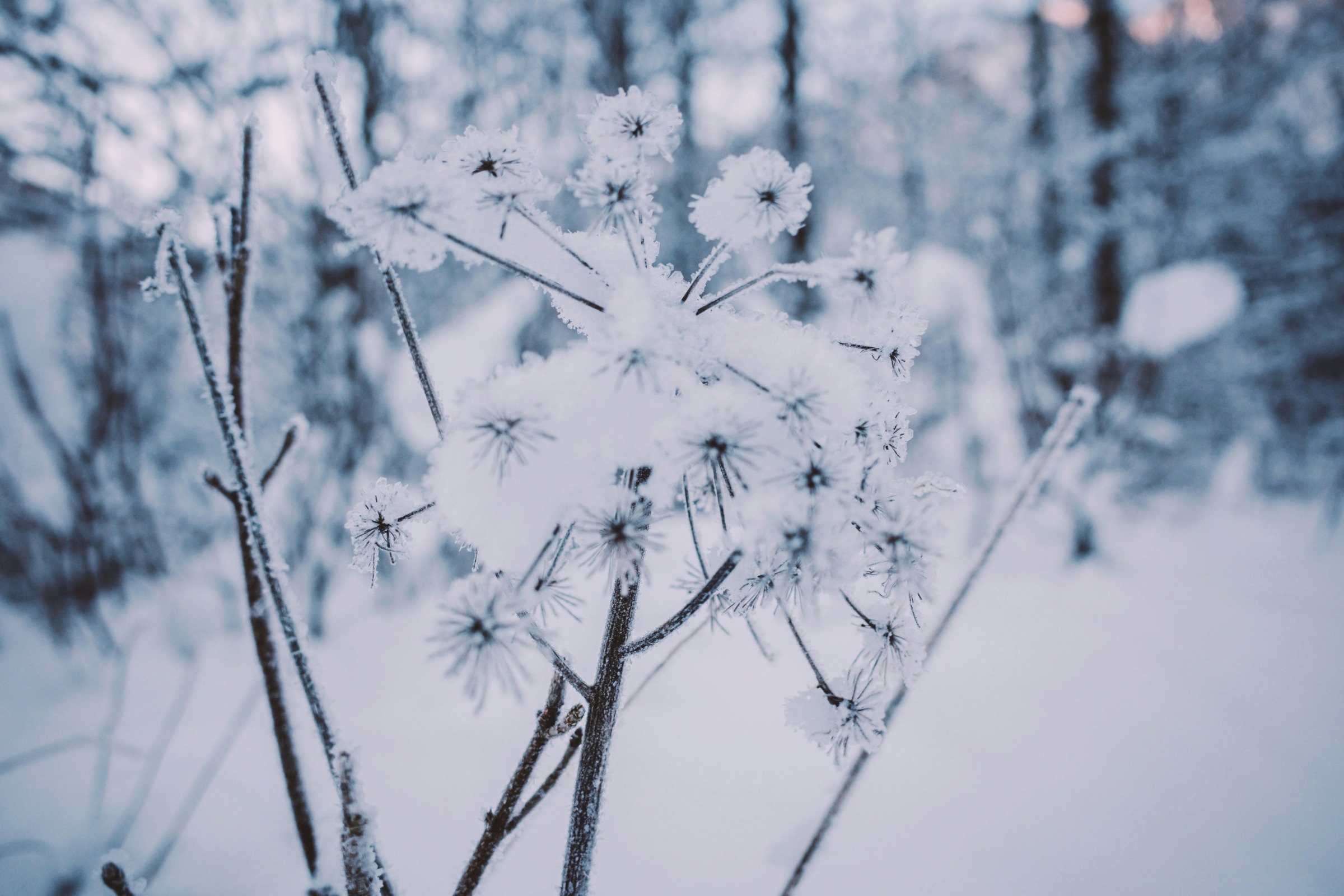
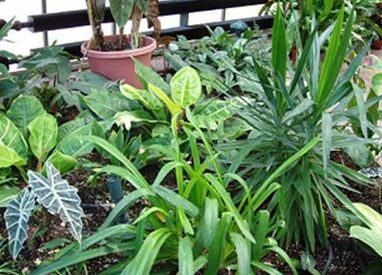 Houseplant Care
Houseplant Care ▶ Watch: Maintaining Your Festive Houseplants
▶ Watch: Maintaining Your Festive Houseplants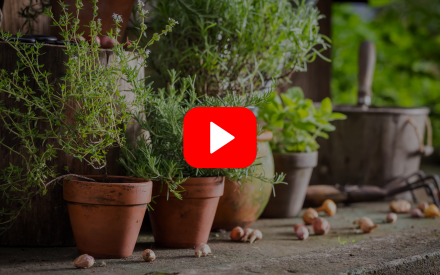 ▶ Watch: Bringing the Garden Inside
▶ Watch: Bringing the Garden Inside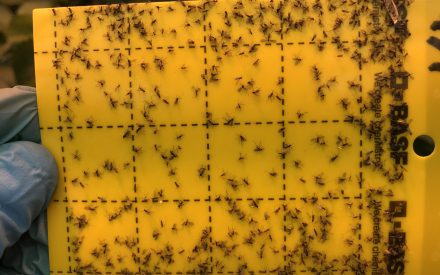 Fungus Gnats on Houseplants
Fungus Gnats on Houseplants


